When do you first remember thinking of yourself as a designer/artist? How did you end up doing what you do today?
I knew that I needed to be doing something visual from an extremely young age, and drawing was my favorite thing to do. It was also what I was best at. I think the two are correlated, but I didn’t know in which way. I didn’t know if it would be art, design, or architecture; I think they were all possibilities. It wasn’t really until I was about nineteen, when I had studied for a year and happened to have the right professor, that I really understood what a visual design was and what that meant. I got extremely excited and motivated to pursue it.
What excites you about being a designer/artist? Why do you keep doing it?
It’s these vague ideas that I have, the things that I’ve imagined and I want to realize. It’s about working through those and making them precise. The moments when I can finally see what I imagined are the most thrilling moments of my life.
What do you think is your most important skill, and why?
I think just noticing. I teach and have spent a lot of time teaching during the last ten years. I teach undergraduates and graduate students and there I have the chance to observe a lot of the different kinds of minds that we have.
Maybe the thing that I feel fortunate to have the ability of is just having a lot of ideas. I feel that the more ideas I have, the higher the possibility that one of them is a good one. So I just try and have as many ideas as I can. I believe a lot in sharing ideas with other people and I think that it’s through sharing and talking about these ideas, that I discover which are the interesting ones. Oftentimes they’re improved and enhanced by others.
So, the ability to imagine things, followed up with the ability to realize them is my most important skill. Like, over time, having developed enough technical proficiency and fluency to be able to complete that whole circle.
Tell us about the community you're working in.
I work in a number of different communities. At UCLA, where I teach, I get a lot from sharing with faculty members and having them as peers, but also from the graduate students – we treat them as junior colleagues in a way –, where we discuss a lot of things in a really open and honest way. It’s very much an ongoing dialogue, so it’s really rich.
Within the Processing community, which I co-founded with Ben Fry, it’s been a decade-long dialogue with many, many people talking through ideas, a lot over different kinds of long-distance technologies, and then in person at these extraordinary conferences like the one we’re at now here at the Eyeo Festival 2011.
In what ways does working within a community influence your work?
I think everybody is deeply influenced by their environment, and I don’t think I am really conscious how that’s happening. One thing I’m really influenced by is the desire to be unique. So when I see other people moving or doing things in a certain way, I feel interested in moving in another way. Within the arts there’s this kind of dynamic system of ideas propagating, and then having new ideas and seeing those propagate. It’s continual, it’s not progress, but it’s sort of evolving in some way. I think in that general ecosystem, the community is always influencing and modifying my ideas and what I’m interested in making.
Within the Processing community, which Ben and I put a tremendous amount of energy into, we also get a tremendous amount back from, especially through the libraries being contributed by the community. I’ve been doing collaborations frequently as a way of expanding or pushing myself into other areas – collaborations with fashion designers, collaborations with architects, collaborations with people focusing on photo and video. It’s those collaborations that have forced evolution in a really positive way. Oftentimes when I’m doing these kinds of programs that are outside of my normal domain, the libraries that have been contributed to Processing have enabled that kind of work. Where before I’d have to spend maybe three months or six months sort of writing infrastructure, now I can just start doing prototyping immediately. So it’s given back an extraordinary amount of the energy that we put into it in the first place.
What role does collaboration with others play for your projects?
It plays many different roles in a lot of different kinds of work that I do. In teaching, collaboration is ongoing. Curriculum development is something I’m really obsessed with, so feedback includes the students and our colleagues. Within Processing, I think Ben and I make a very good team. At the beginning we had more of an overlapping skill set, but as time progressed, we have kind of been forced to specialize as the project ballooned and grew very quickly. I think we have a very good overlap of skills and background, but at the same time, we have very different sorts of complimentary skills right now.
In my opinion, collaboration is extraordinary because it allows me to do more than I can do on my own in a really healthy, positive way. I believe the really difficult discussions you often have in working on a project are what really push it forward.
With that said, I really love just doing things on my own as well. In my studio practice, I really am thrilled to just be able to sit in my room for hours and focus internally. I really like both modes very much.
What do you wish to achieve with your work?
I think if I knew that I might not do it, in the sense that I’m really searching for something profound that I haven’t reached but I’m kind of looking for. That’s partially true, partially not true because I work in a lot of different ways. With teaching, I know what I want and I go for it. With Processing, I think it’s pretty clearly outlined what it’s supposed to do; it’s supposed to be a catalyst to enable people to realize ideas they have for making software, to really lower the boundaries for getting into that field, but in a way that allows them to evolve their work. So if they’re working at a really high level, they can even move off into other environments that are more suitable for what they are doing.
What do you think you can actually achieve with your work, where are the limitations?
So many limitations. My own capacity to imagine is probably the biggest limitation, which I try to nourish and feed through reading, watching, and drawing, etc. I have this idea – well it’s not my idea, but it’s an idea that I love – that there are two kinds of technology. There’s hard physical technology, and conceptual technology. The alphabet is an example of conceptual technology. It could have existed before, it’s not really contingent on figuring out how to smelt a kind of metal. Conceptual technologies are kind of technology related on the ability to imagine, rather than the discovery of some process or patentable procedure.
The limitation I’m most interested in is the failure of imagination. At this point I feel like I’m able to achieve any sort of technical solution within the current framework. I can learn what I need to in order to do it, and it took me years to get to that point. That was always the goal. Not to learn technology for technology’s sake, but to develop a general fluency and understanding so that I can tackle any sort of challenge to do what I imagine.
I’m also obsessed with this idea that the technology that we’re working with right now is just so limiting and primitive. I always try to keep that in mind by looking at old media, by working on the Commodore 64 Emulator from time to time, by going back and spending time with water drawings from the 1960s. I think it’s through looking at that work, that I can sort of deal with the constraints of the present.
Failure of imagination is one thing, but my imagination is already about twenty to thirty years beyond what computers can do right now. I’m obsessed with real time, things being generated immediately. I want to work with a quantity of elements that’s just not possible right now. So, limitations on a lot of fronts.
How has your work changed over the years? How did your goals change?
Like most people who make things, I’m extremely excited about what I’m going to be doing tomorrow, and really kind of depressed about what I did yesterday. I think that’s what’s driving and what’s exciting. I see the work that I did five years ago as being a stepping stone to what I’m excited about now, and I’m not so interested in it, but other people are. So yeah, it stays around.
As for my goals, yes they have changed lately. It’s so fuzzy and ambiguous right now, I feel foolish in stumbling through it. But really the last decade for me has been a time of raw exploration. Like, “I have a question, let’s see what happens if I do this or that.” It’s really largely about these very formal machines, these formal systems of making micro worlds where the goal was to explore emergence by making the smallest possible minimal machine and trying to push the maximum out of that.
As I’m getting older, as I now have a child, and as the world changes around me continually, I’m getting more and more focused on social and ethical problems. I’m really interested in the new work that I’m doing, pushing things in that direction. My hero in this endeavor is Hans Haacke. He was doing work in the '60s that was very much about systems, organic natural systems and exploring those through installations and objects. At some point – I don’t really know why yet –, he kind of flipped to working with socio-political systems, and I’m excited to try and pull the same move.
If you had the chance to tackle a really big problem our society is confronted with, what would it be?
I don’t think I’m up for tackling one big problem. I think I’m up for provocations in a hopefully thoughtful way. Change is affected in a lot of ways. Public policy is one way to affect change. I’m not built or able to do that, so I’m interested in trying to do it in other ways, with information, with graphics, and also in a sort of a mass distribution way.
It’s all really fuzzy right now. But maybe this is good that I now have it on tape, it’ll hold me to it.

